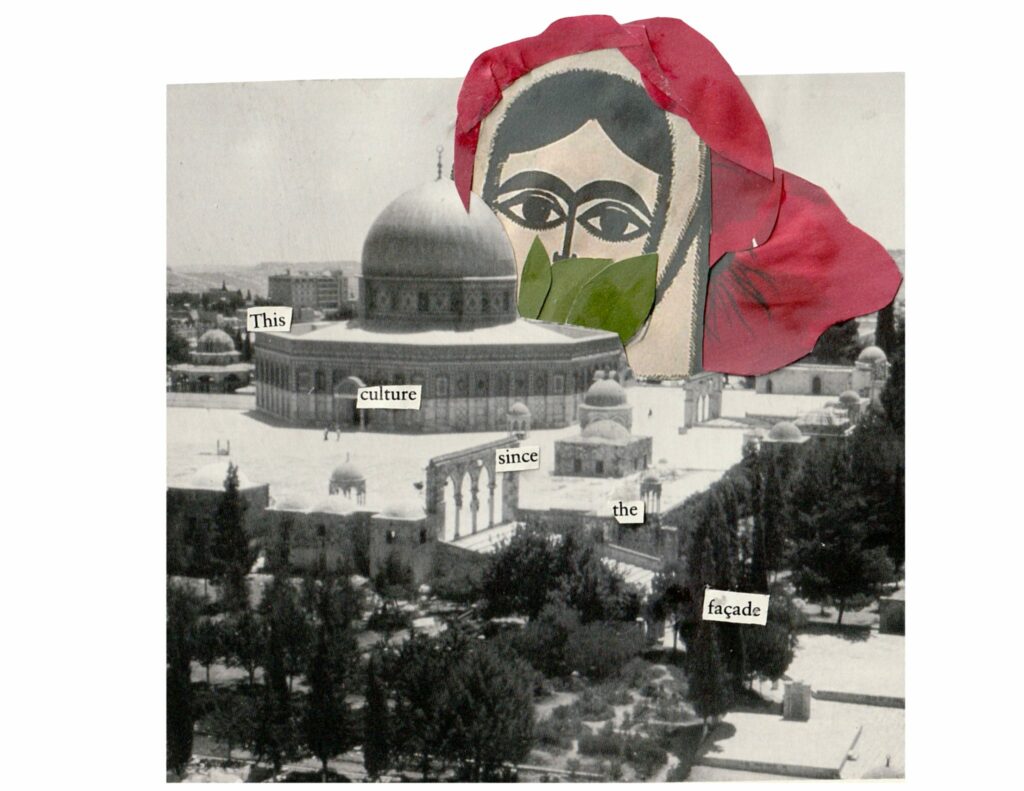In three decades, the United States will have a “majority-minority” population. We asked four artists to consider this demographic shift. First up is An Xiao Mina, a designer and artist who focuses on the role of technology in building communities.

January 23, 2013
It is projected that within three decades, the United States will have a “majority-minority” population. We asked four artists to consider this demographic shift, and show us their visions of the year 2050. First up is An Xiao, a designer and artist who focuses on the role of technology in building communities.
When I was little, I dreamed of speaking three languages. It’s a very LA experience: in any given week, depending on the neighborhood and context, I try to speak (broken) Spanish or (slightly better) Mandarin. But my foreign language skills are not the best, and I often break into English when necessary. Chinglish, Spanglish, Spanese?
I love seeing what happens when languages collide. The writer in me loves hearing how sounds and accents formulate meaning, and the designer in me wants to know how different scripts and writing systems communicate a message. Spanish mixes with English mixes with Tagalog. Chinese characters, Arabic script. The distinctive sharp angles of Hangul.
This is a collection of photos gathered from places as varied as Seoul, Manila, Los Angeles, Shanghai, and Wuhan. They’re all little moments I captured when at least two, sometimes three, languages started having the beginnings of a conversation.
I’m not sure if a majority-minority country would speak one hybrid language or many different ones. But maybe there’s a hint somewhere in a place like Los Angeles, where it feels like 2050 has already arrived.
What does 2050 look like to other artists? To view the other pieces from this series, click here:
Oyama Enrico Isamu Letter



